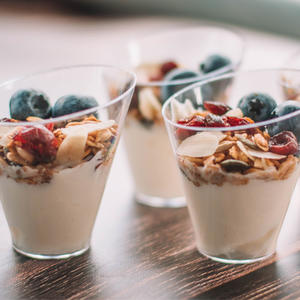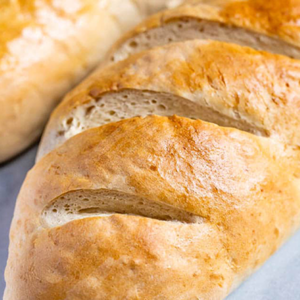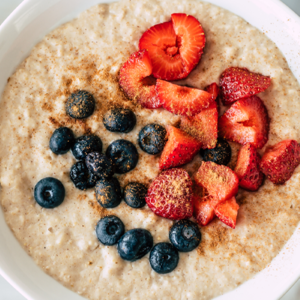4 mins
Diabetes breakfast ideas to help start your day right
Breakfast is an important meal for people with diabetes. Studies show that your first morning meal can lower your chance of overeating throughout the day, and a low carb breakfast can positively impact your blood sugar levels1.
As a person living with diabetes, picking the right foods for breakfast really matters. Many popular breakfast foods can be high in sugar and carbohydrates, both of which can increase your blood sugar levels. You’ll also want to avoid high-sugar and high-fat foods if you’re watching your weight.
Speak with your healthcare professional before making any dietary changes so you can receive personalised advice and support.





